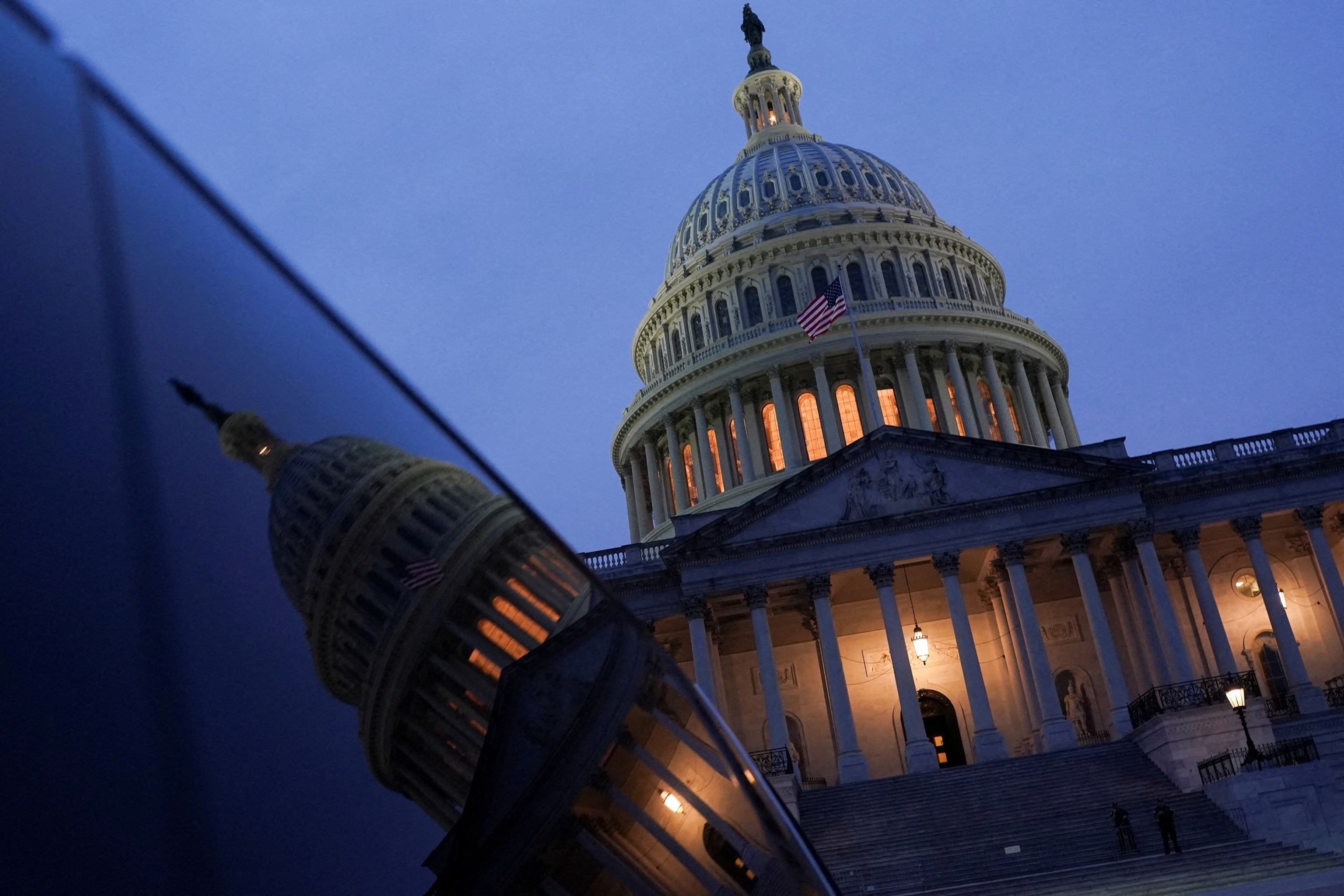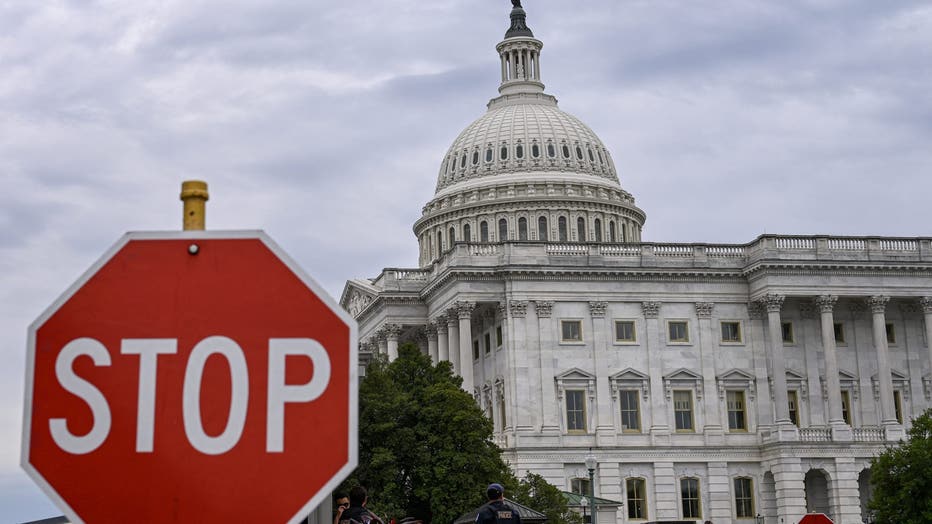What is a government shutdown?
A “government shutdown” occurs when Congress fails to pass appropriations (or a continuing resolution) to provide funding for federal agencies and operations for the upcoming fiscal period. CRFB+2U.S. Representative Ami Bera+2
-
Without funding, non-essential federal agencies and programs must cease operations (i.e. “shut down”), while essential functions typically continue. bipartisanpolicy.org+2U.S. Representative Ami Bera+2
-
The U.S. federal fiscal year begins on October 1. If new budgets or stopgap funding aren’t approved by then, a shutdown can begin at 12:01 a.m. (Eastern) on that date. U.S. Representative Ami Bera+2CRFB+2
A shutdown is, in effect, a funding gap: the government cannot legally spend money on programs that lack appropriation. CRFB+2bipartisanpolicy.org+2
Did a government shutdown happen today (i.e. October 1, 2025)?
Yes — the U.S. federal government entered a shutdown beginning at 12:01 a.m. ET on October 1, 2025, after Congress failed to agree on funding for the new fiscal year. ABC News+5AP News+5The Washington Post+5
This is the first federal shutdown since the 2018–2019 closure. Wikipedia+2AP News+2
Why did it happen — what’s the cause?
-
Partisan disagreements over spending and policy riders
-
Democrats demanded that a funding bill extend subsidies for health insurance (Affordable Care Act) and restore cuts to Medicaid, among other priorities. AP News+3CBS News+3The Guardian+3
-
Republicans, controlling the House, pushed a “clean” short-term funding extension (i.e. without policy changes) and resisted coupling health policy demands with funding.
-
In the Senate, a stopgap funding bill failed to get the 60 votes needed to overcome a filibuster.
-
-
Failure to pass full appropriations
-
Congress has not passed the 12 regular appropriations bills for Fiscal Year 2026; the deadline passed without agreement.
-
In past years, Congress often uses continuing resolutions (CRs) to keep funding going temporarily while negotiations continue. But in 2025 the Republicans and Democrats could not agree even on a CR. CRFB+3CBS News+3Federal News Network+3
-
-
Escalation in tone and new threats
-
The Trump administration instructed agencies to prepare for mass firings in some cases — not just temporary furloughs — if funding does not resume.
-
Some agencies (e.g. Department of Health & Human Services) warned that large shares of their staff would be furloughed.
-
So, in short: failure to agree on how to fund the government and whether to tie policy priorities into spending led to a lapse in funding, triggering the shutdown.
What does a government shutdown mean — what is affected?
Here’s a breakdown of what typically happens and what is affected:
Affected / curtailed services
-
Federal agencies and programs that rely on annual appropriations but are non-essential must halt operations.
-
Delays in processing applications (passports, visas, loans) and government benefits.
-
National parks, museums, monuments, visitor centers may close or be limited.
-
Federal research, environmental inspections, regulatory work can stall. AP News+4Center for American Progress+4Brookings+4
-
Education department programs, civil rights investigations, new funding initiatives may pause.
-
Health agencies: major portions of staff could be furloughed, limiting public health, oversight, and research missions.
-
Some housing, nutrition, veteran services may see delays or reduced capacity.
-
Some federal employees may apply for unemployment benefits (under the Unemployment Compensation for Federal Employees program) if furloughed.
What remains operating / essential services
-
National security, defense, border protection, law enforcement, and first responders continue. AP News+3U.S. Representative Ami Bera+3bipartisanpolicy.org+3
-
Air traffic control, TSA, and other transportation safety roles continue (though workers may lack pay until funding is restored).
-
Social Security, Medicare, and Medicaid typically continue — but administrative functions (e.g. new applications) may be affected.
-
Tariff collections and customs operations continue (funded under different mechanisms).
How many times has this happened? How long do shutdowns last?
The 2025 shutdown is the 21st funding gap / shutdown in modern U.S. history.It is the first federal shutdown since 2018–2019.
-
Shutdowns vary in length. The longest U.S. government shutdown was the 2018–2019 shutdown, lasting 35 days (from December 22, 2018, to January 25, 2019). bipartisanpolicy.org+3CRFB+3Wikipedia+3
-
Some shutdowns only last a day or a few days; others stretch into weeks or more, depending on whether Congress and the President reach an agreement.
How long will this shutdown last?
It’s hard to predict exactly. The shutdown will end once Congress passes (and the President signs) funding legislation or a continuing resolution.
However, there are warning signs this one could be more severe:
-
The administration is proposing permanent cuts (not just temporary furloughs).
-
Some agencies have already started preparing for mass firings.
-
The partisan divide is deep, especially over healthcare and budget priorities, making compromise more difficult. Reuters+5The Guardian+5The Washington Post+5
So the shutdown could last days, weeks, or even longer depending on political negotiations.
What does “furlough” mean and who is affected?
-
Furloughed employees are federal workers who are temporarily placed on non-pay status. They are prohibited from working during the shutdown.
-
They may be eligible for retroactive pay once the shutdown ends, but that doesn’t help during the closure.
-
Some employees deemed “essential” must continue working even during the shutdown, but may also not be paid until funding is restored.
-
In 2025, it is estimated that up to 750,000 federal workers could be furloughed daily.
What does the 2025 shutdown look like so far, and what are expected impacts?
Here’s what is known and projected:
-
The shutdown began at 12:01 a.m. ET on October 1, 2025. Reuters+4AP News+4The Washington Post+4
-
Many federal programs and agencies have begun to shut down or reduce services.
-
Over 11,000 FAA employees would be furloughed, though air traffic controllers and safety operations continue. The Department of Health and Human Services warns that 41% of its workforce may be furloughed, significantly constraining research and public health work.
-
The Education Department has furloughed 87% of its employees; while programs like Pell Grants and FAFSA processing may continue short-term, many new initiatives are paused.
-
National parks: the plan is to keep many open with limited staffing using recreation fee revenue, but visitor services and centers may close.
-
Tariffs, customs, and revenue collection by CBP will continue under contingency plans.
-
The travel industry warns of disruptions, delays, and increased costs; the U.S. Travel Association estimates a shutdown could cost ~$1 billion per week.
-
Many programs tied to policy or funding outside of mandatory programs may be paused — e.g., research grants, new benefit applications, oversight. Brookings+3AP News+3The Guardian+3
In short: essential services will limp along, non-essential ones may shut down, and many federal employees will be affected financially.
What does this mean for regular citizens?
-
If you’re waiting for a passport, visa, or other federal permit, there may be delays.
-
Programs that deliver federal benefits, housing assistance, or social services may slow down or be suspended.
-
Those relying on services from agencies (e.g. environmental permits, research grants, regulatory approvals) may see interruptions.
-
Tourism to national parks, museums, and landmarks may be affected.
-
Local economies may feel pain, especially in areas dependent on federal employees and contractors.
-
Congress or the President may eventually approve back pay to furloughed workers, but that doesn’t help in the interim.
Summary & Outlook
-
Yes, the U.S. government is shut down as of October 1, 2025. Al Jazeera+3AP News+3The Washington Post+3
-
The shutdown stems from failure by Congress and the President to agree on funding, especially over disputes about healthcare and the inclusion of policy changes in funding bills.
-
Many federal employees are furloughed; essential personnel continue working (often without pay until funding resumes).
-
The duration is uncertain. The deeper the policy disagreements, the longer the shutdown may last.
-
The impact is widespread: disruptions to services, delays in benefits, closed attractions, and strain on government operations and employees.









No comments:
Post a Comment